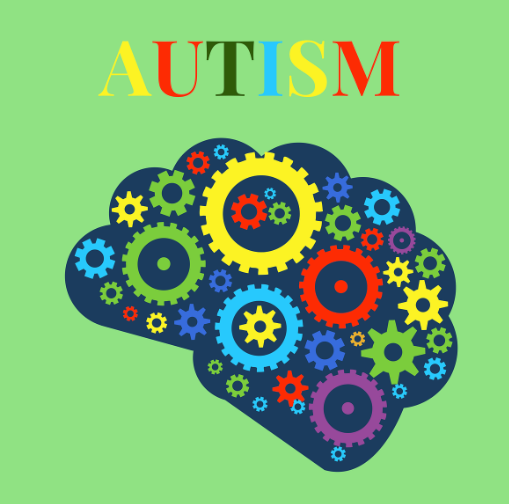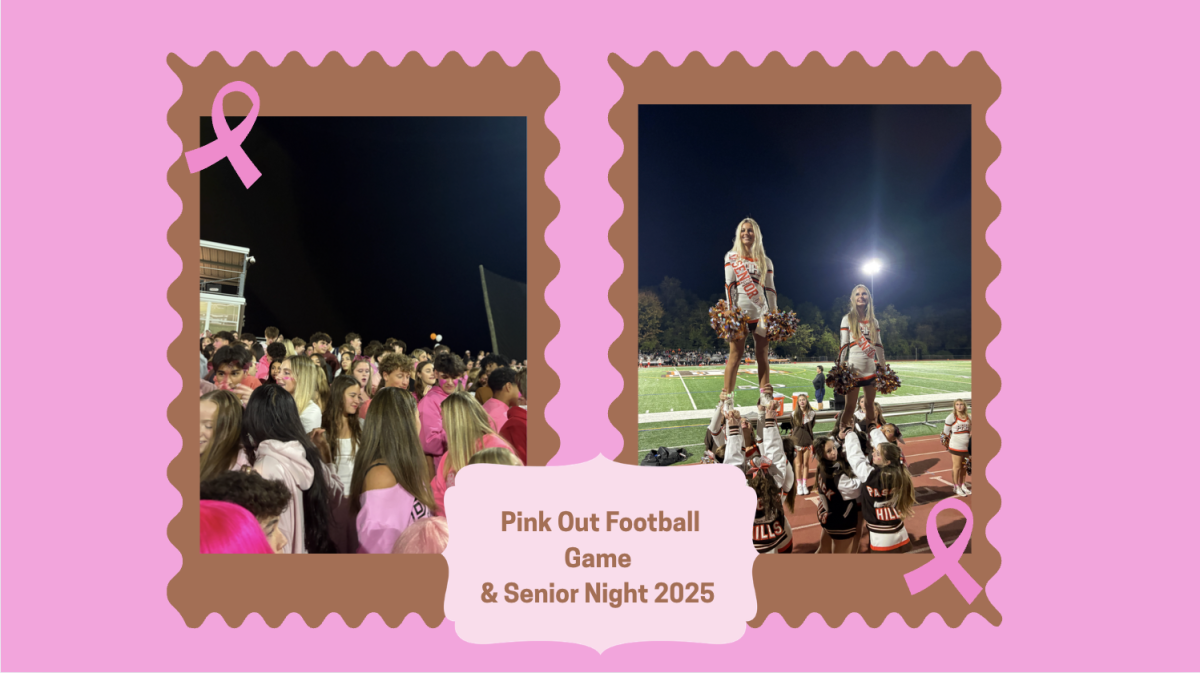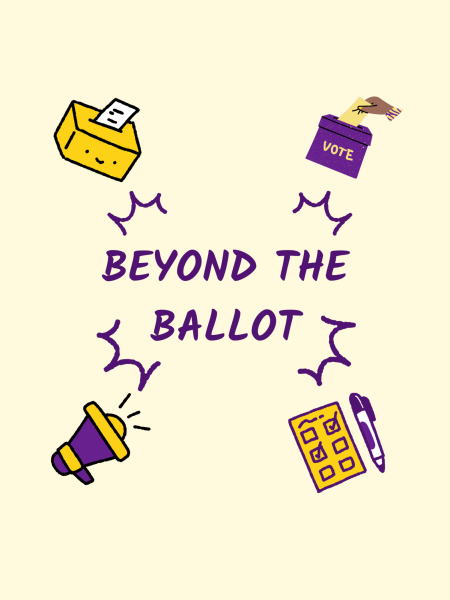Observing Autism Acceptance Month
Originally known as National Autistic Children’s week in 1972, Autism Acceptance Month gradually became what it is acknowledged as today.

Licensed by Creative Commons
In April, Autism Acceptance Month is acknowledged globally. Many of those who are autistic recognize the month and use it to spread awareness to others who don’t.
The push for autism awareness began in 1970 led by the Autism Society. Originally known in 1972 as the National Autistic Children’s week, it gradually became what is now known as Autism Acceptance Month.
Often, people associate the month with the color blue, which originated from a movement started by Autism Speaks. However, this organization falsely supports those who are autistic, as it was a movement created by neurotypical people who collect the money for personal profit.
Instead, the autism community encourages people to wear red, which is symbolic of power. They thought that this color was more appropriate as opposed to blue, which can often be symbolic of weakness and sadness.
The community has also emphasized the use of the terms “autistic” and “someone with autism.” The preference between using one versus the other depends on the person, as some people view each phrase with a different connotation.
Pascack Hills senior Benjamin Levin gave his input on this discussion.
“I personally don’t have a preference between ‘autistic’ and ‘person with autism,’ but a lot of people on the spectrum do. It would help to ask the people you know on the spectrum,” he said.
As of 2021, the Autism Society of America created a campaign called “Celebrate Differences.”
According to their website, the main focus of the campaign is to help provide “information and resources for the communities to be more aware of autism, promote acceptance, and be more inclusive in everyday life.”
People are observing Autism Acceptance Month in various ways. Some are donating to organizations promoting autism acceptance and self-educating about autism.
At Pascack Hills, P.H. Cares–a club that focuses on mental health awareness–had a bake sale where all proceeds were donated to the Autism Society. Co-advisor Jessica Sachs-Serfess explained why they decided to raise money for this cause.
“There were no posters [about Autism Acceptance Month], so nobody really knew about it…I thought it would be a great random act of kindness, and we are a non-profit so all the proceeds went to them,” she said.
She also mentioned that Levin specifically inspired her when deciding where the proceeds should go.
“My one student, [Levin], inspired me since he was so excited about it.”
Both Sachs-Serfess and Levin think that the month should be recognized more by other people.
“I really wish our school did something more to highlight [Autism Acceptance Month]. It made me realize how little we celebrate it and hopefully we know better for the future,” Sachs-Serfess said.
Levin concluded, “We are people who deserve to be listened to and taken seriously.”
Sources:
https://www.autism-society.org/get-involved/national-autism-awareness-month/
https://nationaltoday.com/autism-awareness-month/
https://www.learnfromautistics.com/wear-redinstead-on-autism-acceptance-day/

Briana Keenan is a senior at Hills. She joined the Trailblazer her freshman year as a staff writer and edited for the In-Depth and School News sections her sophomore and junior years, respectively. This year, Keenan is looking forward to being the publication's Editor-in-Chief and continuing to write, edit, and manage stories for the Hills community.
Fun fact: Over the summer, Keenan went to the School of the New York Times for two weeks.

Sabrina Moe is a Hills senior. She joined the Trailblazer her sophomore year as a staff writer and edited for the In-Depth section her junior year. This year, Moe is eager to edit for the College Corner section and to manage college news among the Hills community.
Fun fact: Moe enjoys listening to various genres of music, especially music from the early 2010s.












































